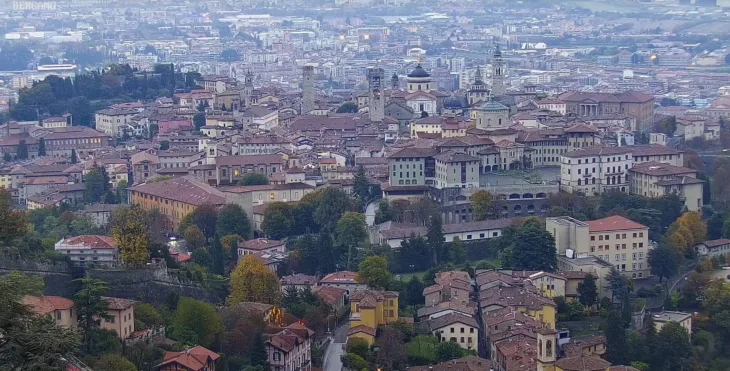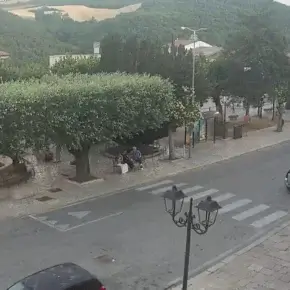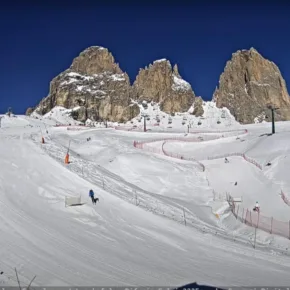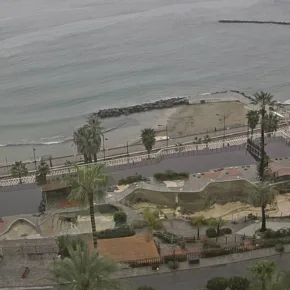Bergamo is an Italian city situated in the Lombardy region and serves as the administrative hub of the province with the same name. Positioned about 50 kilometers to the east of Milan along the route to Brescia and Venice, it nestles in the foothills of the Alps within the valley of the Po River. The population of Bergamo is approximately 121.9 thousand residents.
The old city of Bergamo is perched atop a hill at an elevation of 380 meters above sea level. This hill, which is an extension of the Alps, gradually transitions into the fertile Po River valley. A funicular connects the old city to the new city, which, along with its surrounding suburbs, expands across the hill of the old city, encompassing both the valley and the neighboring hills.
The city’s roots harken back to the Cenomanian Celts, who are believed to be its founding inhabitants. The name Bergamo is derived from Bergimus, the local population’s deity. Cidno, the legendary ancestor of the Ligurian inhabitants, is credited as the city’s founder. Bergamo came under Roman rule from 49 BC onwards. During its zenith, the Roman city boasted a population of up to 10,000 residents. Unfortunately, in the 5th century, it was devastated by the Huns, led by Attila.






